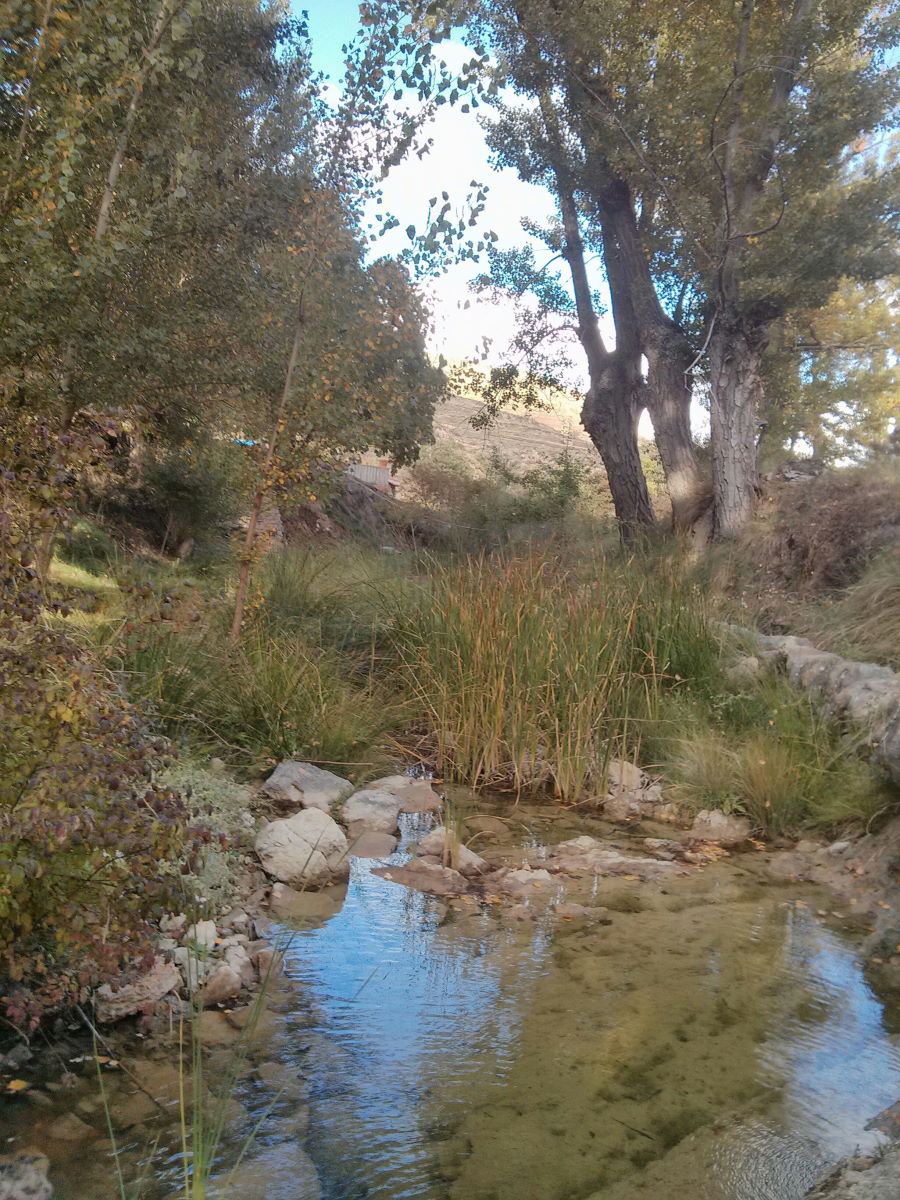
This river route constitutes the typical riverside ecosystem and its historical use will be observed. (1 hour).
On this route we enter the river area, full of poplar headlands (a species of great timber value in ancient times). In these riverside ecosystems so modified by human activities, the head poplars act as the key piece of the silvopastoral system, since they have a high ecological value. Likewise, the old trunks of poplars usually have holes, which serve as a refuge for fauna that needs old trees to breed (birds and mammals, especially). Their presence also contributes to the growth poplar mushrooms, a culinary delicacy.
We also find maples (Acer sp.), Brambles (Rubus ulmifolius), wild rose bushes (Rosa canina), hawthorn (Crataegus monogyna) or blackthorn (Prunus spinosa), in an idyllic setting.
In permanently humid or temporarily flooded soils, a great diversity of plants typical of these habitats appears, such as mint (Mentha longifolia (L.) Huds), epilobium (Epilobium hirsutum L.), cattail (Typha latifolia L.) and reeds (Scirpoides holoschoenus)



